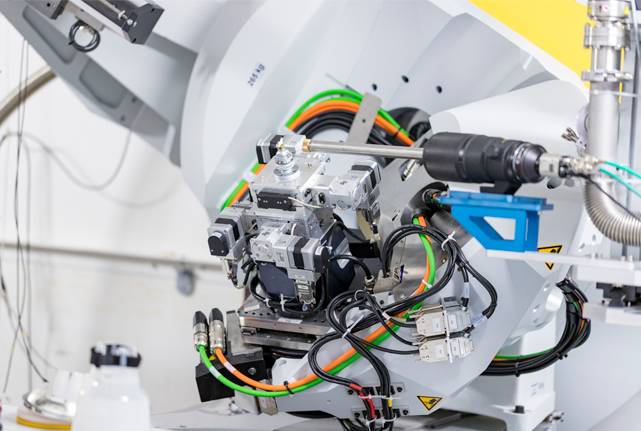- Home
- Institut Néel
- Research teams
- Technical Groups & Services
- Work at the Institut
- Partnerships
It plays a key role in highlighting new needs and in the discovery and characterization of new materials, by supporting pioneering researchers and organizing scientific animation.


Our unique position on a site grouping laboratories of the CEA as well as the ILL (Institut Laue Langevin) and the ESRF (European Synchrotron Radiation Facility) offers the possibility of establishing very fruitful collaborations and of building ambitious projects.
The Institute plays a key role in the ESRF and the ILL through the management of the French « Collaborative Research group » (CRG) beam lines at the ESRF and one further instrument at the ILL. Their staff acts as a technical service of the Institute. The researchers involved belong to different research teams.
The strength and richness of our transverse research group structure come from the fact that physicists, chemists and geochemists, experimentalists and theoreticians are working very closely together. Our group is and will be the way to structure and promote actions related to research infrastructures. It plays a key role in revealing new needs and in discover ing and characterizing new materials.
The strength and richness of the transverse research group comes from the fact that physicists, chemists and geochemists, including experimenters and theorists, work in close collaboration. About fifty technicians, engineers and researchers are involved in these activities and belong to different research teams and technology groups.
The versatility of these techniques makes it possible to cover several themes developed at the Néel Institute: nanomagnetism, science of low dimensions and surfaces, unconventional mass magnetism, superconductivity, highly correlated electronic systems, materials science, structural properties of complex materials (for energy, heritage, pharmacology…), geophysics, fluid physics (supercritical, helium), chemistry and catalysis…
